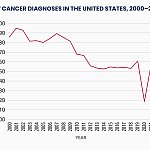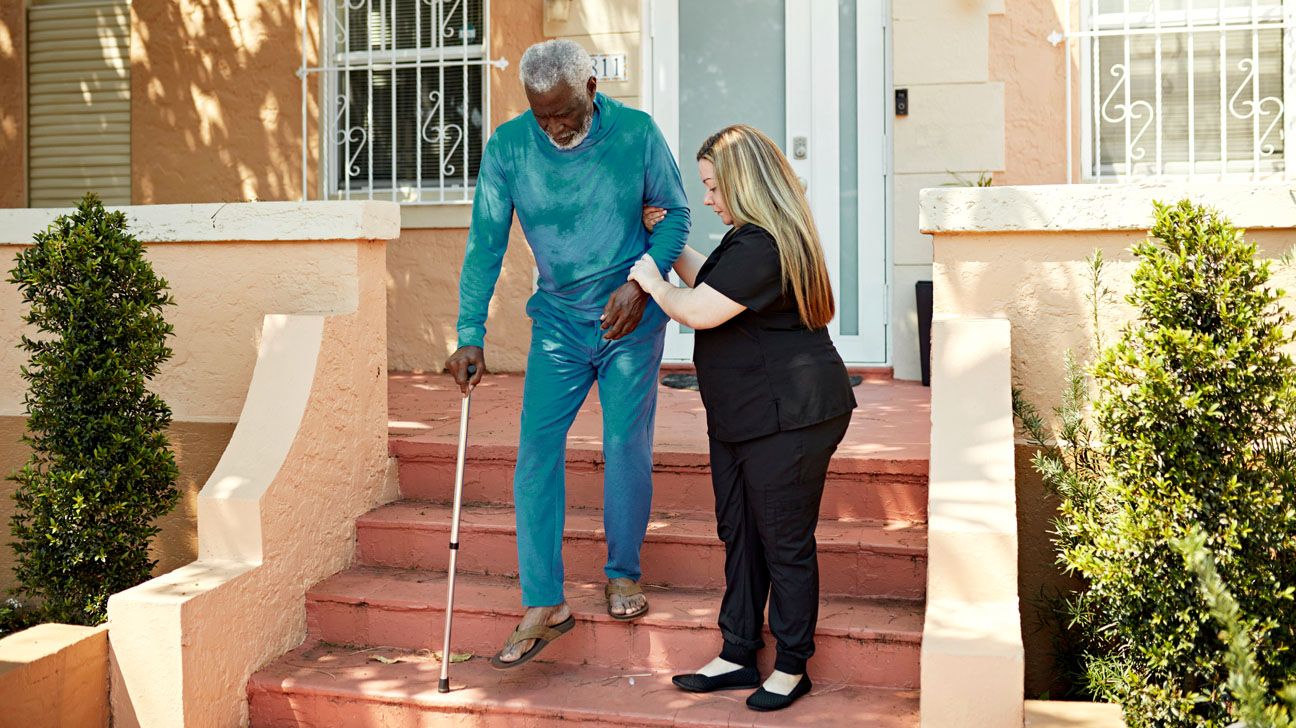
The internet is awash as ever with dangerous fad diets and expensive health hacks, many of which lack science and pose potential risks.
While social media isn’t always the best place to pick up sound health advice, a new health craze on TikTok called “fart walking” is a refreshing change. The viral trend is sensible, safe, and effective — and doesn’t cost a thing.
If you’re raising a suspicious eyebrow, read on. When practiced regularly, fart walking can help support overall health. Here’s how.
Fart walking was first coined by Canadian cookbook author Mairlyn Smith in a video on TikTok.
Smith touts the healthy aging benefits of crop dusting after a meal. She also claims that fart walking can reduce the risk of type 2 diabetes, particularly among older individuals.
The fart walking technique is simple: Go for a short stroll after eating to stimulate your bowels and release gas. That’s it.
So, why is the internet going wild over such a simple intervention? While unusual health tips often catch people’s attention, here are a few possible reasons for fart walking’s rise to fame:
Although it sounds simple, experts agree a fart walk could help support digestive health. Regular fart walking could even reduce the risk of certain health conditions, including type 2 diabetes.
While scientists have conducted precisely zero studies on fart walking, a vast body of literature supports the health benefits of regular exercise, even if it is relatively light.
Some research has noted that movement after a meal can be particularly beneficial for blood sugar management.
“The ‘fart walk’ might sound like a gimmick, but there’s solid digestive science behind it,” Alyssa Simpson, a registered dietitian in Phoenix, AZ, specializing in digestive health, told Healthline.
“Light walking after meals helps stimulate peristalsis,” she said. Peristalsis is the rhythmic contractions of the muscles that line the gut, which help move gas and solids through the digestive tract.
“I tell my clients better out than in, and if walking helps you get there faster, it’s worth the stroll. So, while fart walking might be a silly name, there’s legitimate value in taking a short walk after eating and letting your body move that gas through more quickly,” Simpson added.
In agreement, Maddie Gallivan, a registered dietitian in the United Kingdom, told Healthline: “Any kind of gentle movement is great for getting things moving in the gut. Whether it’s going for a walk or doing some yoga, both have been shown to promote gastric motility.”
Gastric motility is the coordinated contractions of muscles in the stomach that help move food from the stomach into the intestines.
Gallivan explained that people with irritable bowel syndrome (IBS) might experience particular benefits, including relief from symptoms such as constipation and bloating.
Going into a little more detail, Kenneth Brown, MD, a gastroenterologist in Plano, TX, and the host of the Gut Check Project podcast, explained how “walking promotes digestion by stimulating the muscles of your digestive tract, increasing blood flow to digestive organs, and reducing stress — all of which contribute to a more efficient digestive process.”
For some people, fart walking could help minimize discomfort from heartburn after a meal.
“Walking increases muscle contraction in the stomach, which facilitates emptying of the stomach,” explained David D. Clarke, MD, who is board certified in internal medicine and gastroenterology and president of the Association for the Treatment of Neuroplastic Symptoms, in Portland, OR.
“More rapid emptying will decrease the time that acid is present in the stomach,” continued Clarke, “which will reduce the time that acid has the potential to travel (reflux) into the esophagus and cause heartburn.”
But not everyone prone to heartburn may benefit from a fart walk, Clark cautioned.
“Some people with poor tone in the sphincter muscle at the junction of the esophagus and stomach might experience more acid reflux when stomach contractions are stimulated by walking,” he said.
When you eat a meal that contains digestible carbs, the body quickly breaks them down into simple glucose molecules. Glucose then enters the blood and circulates around the body to be used as fuel or stored.
Having glucose in the blood is essential for life, but if there is too much or it hangs around too long after eating, it can start to cause damage to blood vessels. The fart walk can help manage these blood sugar spikes.
Walking uses the large muscles in of the legs and butt, and as they work, they take in glucose from the blood, naturally reducing blood sugar levels.
“There’s no denying that even just a short walk after a meal can help prevent sharp rises in blood sugar,” explained Gallivan. “It’s a simple but effective way to support your metabolic health.”
Along similar lines, Clarke told Healthline that as glucose moves into muscles during a walk, this also “reduces the need for insulin secretion by the pancreas.”
Beyond its impact on blood sugar, Clark said that walking can help you “avoid weight gain by burning calories. Theoretically, this should reduce the risk for future development of diabetes,” he said, noting there haven’t been any clinical trials on fart walking just yet.
Still, one
“And if you’re walking outside,” Gallivan continued, “that’s a double win — spending time in nature can improve your overall sense of well-being and help calm the nervous system, which is in constant communication with your gut. So, you’re supporting that gut-brain connection.”
This is not an exact science, but experts agree that some movement is better than no movement. The most important thing most people can do for their health is to get outside and walk.
To get started with fart walking, experts say to keep it simple.
“You do not need to walk for hours to feel better,” Brown told Healthline.
“A 15–30-minute walk at a comfortable pace is usually enough to help. Even a quick 10-minute stroll can make a difference,” he said. “The goal is to move gently and let your body relax, so your digestive system can do its job.”
“Aim for at least 4–5 minutes of light to moderate walking within 60–90 minutes of finishing a major meal,” suggested Clarke.
Clark also recommended incorporating 30–60 minutes of moderate-paced walking on most days of the week “for more sustained benefits for your gastrointestinal tract and the rest of your body.”
“For most people, fart walks are safe and helpful,” explained Brown, who outlined some points to keep in mind during your fart walking practice:
“If you are particularly gassy,” Brown continued, “I would recommend walking behind your friends,” which is a top tip for maintaining long-term friendships.





